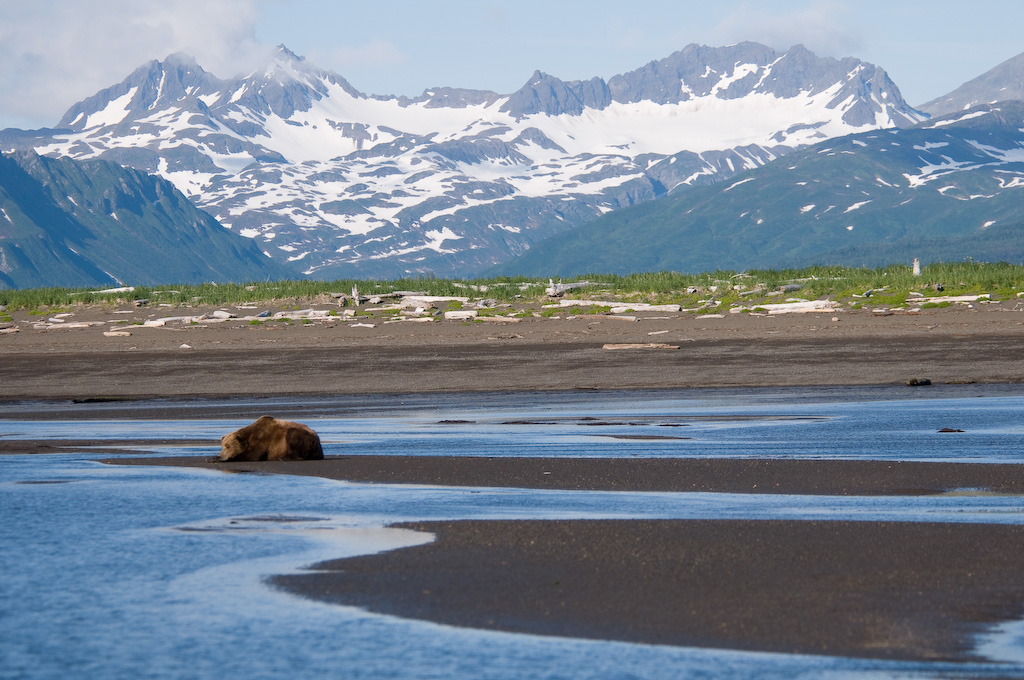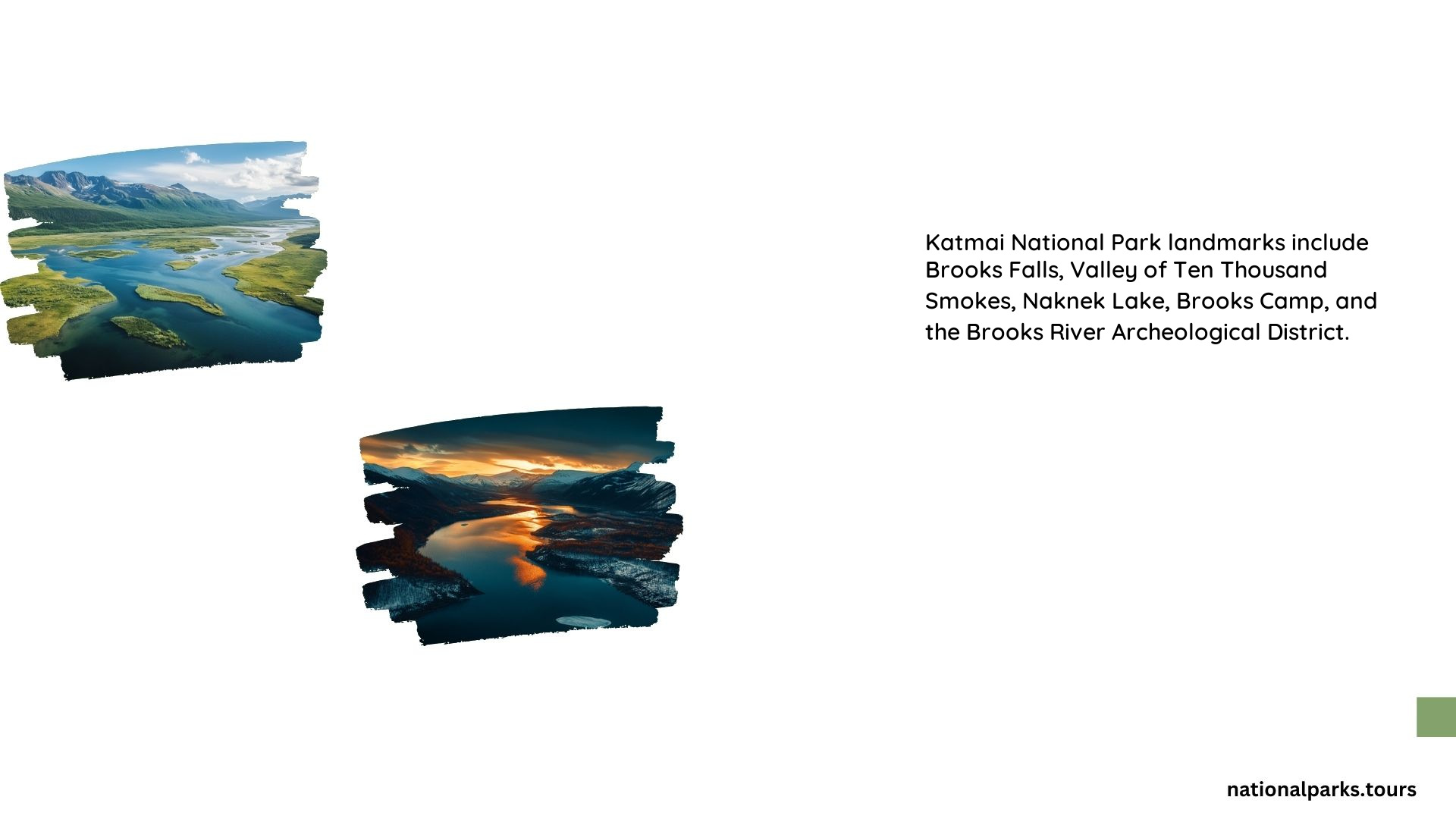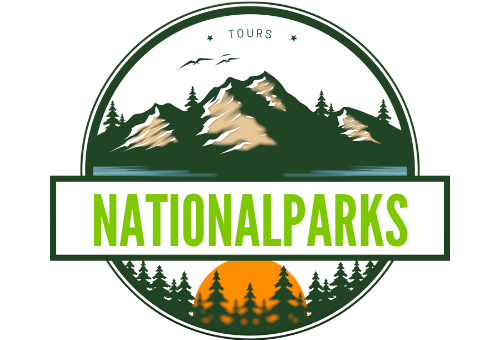Katmai National Park and Preserve is a treasure trove of historical and ecological significance, boasting several landmarks that showcase its rich cultural and natural heritage. This comprehensive exploration delves into the significance of Brooks River National Historic Landmark, Fure’s Cabin, and Amalik Bay, highlighting their historical context, ecological importance, and notable features.
What is the Significance of the Brooks River National Historic Landmark?

The Brooks River National Historic Landmark is an archeological marvel, rich in 5,000 years of human history. This site is part of the Brooks River Archeological District, which includes at least twenty separate settlement sites with documented occupation dates from 2500 BCE to recent history. The area was inhabited by the Aglegmuit people, who took advantage of the river’s natural bottleneck for salmon migrations, making it a desirable site for ancient Alaskans.
| Notable Features | Description |
|---|---|
| Archaeological Significance | The site contains numerous occurrences of evidence of human habitation, including the remains of pit houses, stone tools, projectile points, and evidence of toolmaking. |
| Ecological Importance | The Brooks River is a critical habitat for Alaskan brown bears, which gather along the river to feast on salmon runs, building weight for the long winter ahead. |
| Visitor Experience | Brooks Camp, located on the north bank of the river, offers visitors the opportunity to observe bears catching fish in the falls during salmon spawning season. The camp also features a seasonal visitor center with an exhibit of a reconstructed native house. |
What is the Significance of Fure’s Cabin?

Fure’s Cabin is a historic public use site in Katmai National Park, telling the story of life in a remote site in early twentieth-century Alaska. The cabin was constructed by Norwegian immigrant Roy Fure, who homesteaded the area in the early 1900s. Fure’s Cabin is significant because it represents the early settlement of the Alaska Peninsula and the challenges faced by pioneers in this remote region.
| Notable Features | Description |
|---|---|
| Historical Context | The cabin is a testament to the early settlers who ventured into the wilderness of Alaska, highlighting their resilience and resourcefulness in the face of harsh conditions. |
| Purpose | Fure’s Cabin served as a homestead and a base for Fure’s fishing and trapping activities. |
| Significant Events | The cabin has been preserved and restored by the National Park Service to maintain its historical integrity and provide visitors with a glimpse into the past. |
What is the Significance of Amalik Bay?
Amalik Bay is both a National Historic Landmark and an Archeological District listed on the National Register of Historic Places. This site is recognized for its archaeological significance, historical relevance, and unique characteristics that distinguish it as a landmark.
| Notable Features | Description |
|---|---|
| Archaeological Significance | The bay contains numerous archaeological sites, including the remains of prehistoric settlements and artifacts that provide insights into the lives of ancient Alaskans. |
| Historical Relevance | Amalik Bay was an important location for the indigenous people of the region, who used the area for fishing, hunting, and gathering resources. |
| Unique Characteristics | The bay’s unique geology, with its rugged shoreline and volcanic ash deposits, has helped preserve the archaeological sites, making it an important location for scientific research and cultural understanding. |
How Can Visitors Explore Katmai National Park and Preserve?
Visiting Katmai National Park and Preserve requires careful planning, as the park is located in a remote area of Alaska. Here are some essential details to consider:
- Accessibility: The park can be accessed by floatplane from King Salmon, Alaska. Visitors can fly into King Salmon Airport and then take a charter flight to the park.
- Costs: The cost of visiting Katmai National Park and Preserve varies depending on the type of tour or package chosen. A basic visit to Brooks Camp can cost around $300-$500 per person, while more extensive tours and packages can range from $1,000 to $5,000 or more.
- Tours and Packages: Several tour operators offer packages that focus on the landmarks mentioned above, including bear viewing tours, fishing excursions, and cultural heritage tours. These packages often include accommodations, meals, and guided activities.
Reference:
1. National Park Service – Katmai National Park & Preserve
2. Katmai National Park and Preserve – NPS History
3. Brooks River Archeological District – Wikipedia
